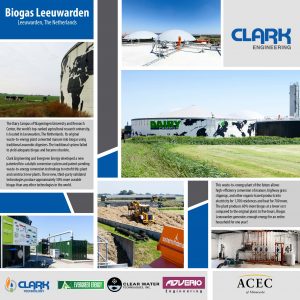Clark Technology Removes Boron to meet the Drinking Water Standards and Ground Water Intervention Limits
info@clark-technology.com
Minneapolis, MN – October 2019: Boron is considered a human health risk in large quantities via injection thru drinking water or other means of exposure. It finds its way into the drinking water system via desalination or wastewater disposal systems. Leachate from industrial or municipal landfills is a major contributor to boron contamination of ground and surface water which are sources of drinking water. Unlike many elements contained in landfill leachate, boron is not ionized (i.e. it has no charge), therefore it is much harder to remove by conventional filtration systems. At lower pH (<8) boron is in the form of neutral boric acid which is difficult to remove by filtration. At higher pH (>8) however, it partially ionizes to borate which is somewhat easier to remove. Landfill leachate with a pH of around 7 to 7.5 is often adjusted to 6.5 (for membrane performance reasons), therefore a majority of the boron is in the form of boric acid which is difficult to remove.
Clark used proprietary membranes that produce high boron rejection rates at lower pH (<8) levels and have achieved high removal rates of up to 99% which was sufficient for meeting the health risk limits of <1000 ppb and even the groundwater intervention limits or ILs, <250 ppb. These membranes are used in Clark’s innovative wastewater treatment system called LeachBuster® which has been installed in several drinking water, wastewater, and landfill leachate treatment sites. One such system operating at a landfill in Western Minnesota has consistently met ILs of <250 ppb for several years except on rare occasions when the incoming boron levels in the influent was for example 10,200 ppb (as opposed to an average of 6,000 ppb). At this sampling point, although the rejection rate was over 95%, the boron level in the effluent was slightly higher than the IL of 250ppb.








